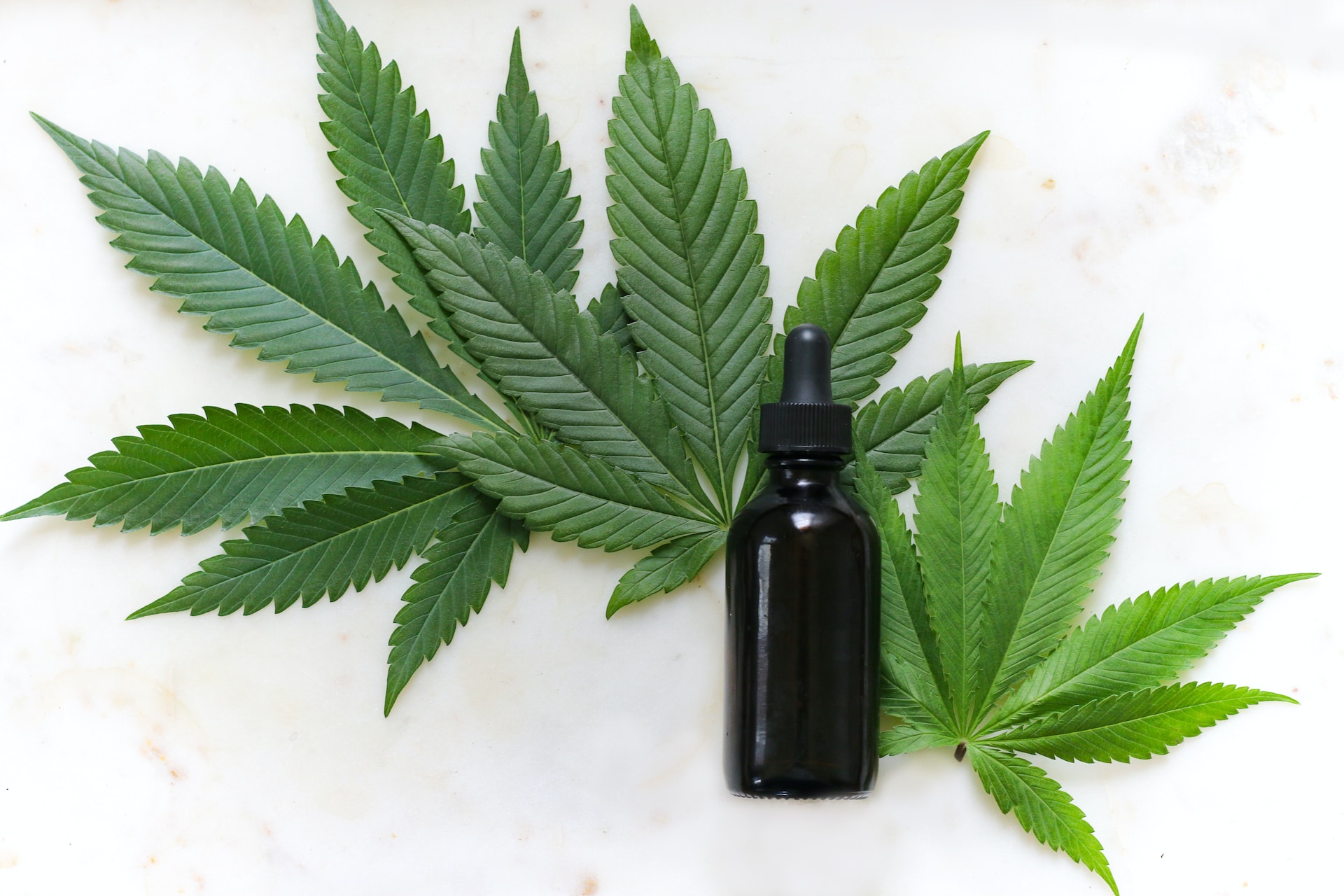Cannabis has been found effective in controlling nausea and vomiting caused by cancer chemotherapy, loss of appetite due to AIDS, and some types of pain. It also eases glaucoma-related eye pressure.
Medical marijuana can be taken as a pill, liquid spray, or vaporized medication. Patients should check with their doctors before taking it because it can interfere with other medicines.
THC
THC, marijuana’s active ingredient, seems to ease nausea — particularly when associated with cancer chemotherapy. It also boosts appetite, so it’s used to help people with AIDS and other illnesses regain weight (a phenomenon known as the munchies). Marijuana can increase heart rate, and long-term use raises your risk of lung disease. It may interact with many medications, including sedatives and antipsychotics, so it’s important to check your medicines before using cannabis.
THC can make sleeping harder and may increase depression, anxiety and paranoia in some people. It can also increase the likelihood of getting a psychotic reaction, which in extreme cases can be life-threatening. The FDA has approved two THC-based medications, dronabinol and nabilone, prescribed in pill form to treat nausea from cancer chemotherapy and stimulate appetite in patients with wasting syndrome caused by HIV/AIDS. These are considered more promising than whole marijuana plant extracts or crude chemicals derived from it, but research is still in its early stages.
CBD
Cannabis contains both THC and CBD, with varying concentrations. CBD may help ease pain, reduce anxiety and depression, and relax muscles. It is also effective in helping to treat nausea caused by chemotherapy and spasticity (tight or stiff muscles) in multiple sclerosis. Medical marijuana gained attention a few years ago when parents reported that a special drug helped control seizures in children with severe epilepsy.
Since then, the FDA has approved a pharmaceutical formulation of CBD called Epidiolex to treat two rare and powerful forms of childhood epilepsy. In addition, a mouth spray containing the synthetic cannabinoid dronabinol (a chemical similar to THC) has been approved by the FDA to treat anorexia associated with cancer chemotherapy and to ease nausea and vomiting in people receiving HIV/AIDS medications.
Due to the lack of randomized clinical trials, it is challenging to make generalized conclusions about treatment effectiveness. However, patient-reported outcomes such as symptom severity and quality of life can provide important information about the effects of medical cannabis on daily functioning, mobility, and mental health.
Terpenes
Terpenes are aromatic compounds that create the distinctive smell of each strain and offer a variety of therapeutic effects. They can’t get you high independently, but they work with cannabinoids like THC to enhance and modify the experience. The most popular terpenes for treating nausea include limonene, linalool, myrcene and -caryophyllene.
Limonene is responsible for the classic marijuana smell and offers a range of medicinal benefits, including anti-inflammatory, analgesic and anxiety relief. It’s also an appetite suppressant and works well with THC to increase its potency. Myrcene has a warm, earthy and woody scent and works as a muscle relaxant and mild sedative. It is also known to reduce inflammation and treat insomnia. It’s found in many popular cannabis strains. -caryophyllene has a spicy and floral aroma and is found in plants like lavender, mint and coriander. It is a stress reliever and anxiolytic and helps with nausea, headaches and depression. It is also used to help cancer patients overcome chemotherapy-induced sickness.
Vaping
Inhaling medical marijuana through a device allows patients to take in the mind-altering terpenes and THC more quickly. It also eliminates harmful smoke-related gases and delivers a higher dose of cannabis compounds. Medical marijuana vape oils typically have higher concentrations of THC and CBD than dry marijuana flowers.
Marijuana might ease nausea and vomiting caused by chemotherapy for cancer, decrease muscle stiffness or spasms associated with multiple sclerosis, and reduce the intensity of shooting pain caused by nerve damage (neuropathic pain). It may also help reduce the pressure in the eyes of people with glaucoma and make it easier to swallow for those with gastrointestinal issues. Other delivery methods include edibles, tinctures and suppositories.
Eating
If you’re not comfortable smoking or vaping medical marijuana, eating it is an excellent alternative. The active ingredients in cannabis, especially CBD and THC, have anti-emetic properties and can help relieve nausea without the psychoactive effects. Eating is a fast-acting method of treating nausea because the chemicals reach your bloodstream in a matter of minutes, while it may take an hour or more for the symptoms to subside from smoking and vaping.
Nausea is one of the most common reasons physicians recommend medical marijuana and many states list chronic sickness as a qualifying medical condition. The drug alleviates the symptoms by interacting with the endocannabinoid system to block the signals that cause nausea. A University analyzed data from 2,220 medical marijuana consumption sessions recorded and found that, on average, 96% of participants experienced nausea relief within an hour.
Results varied by product, with more effective results when using joints and vaporizers than edibles. In general, high THC / low CBD ratios are associated with greater symptom relief in the first few minutes, while those characteristics become less important closer to the hour mark.

